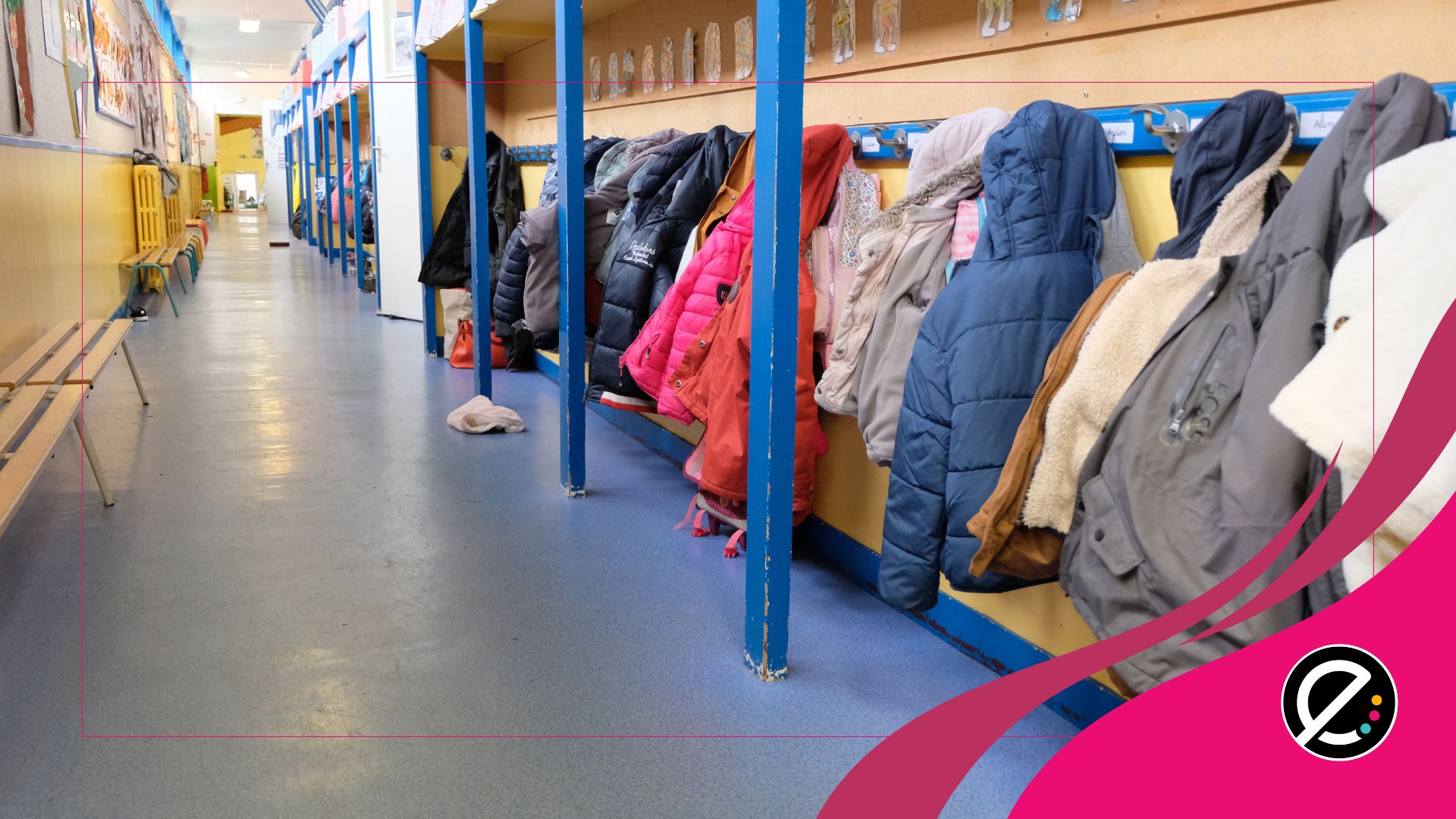Par Alexandra Coutlée, collaboration spéciale
Avec tous les choix d’outils technologiques qui s’offrent à nous, il est facile de s’y perdre. En fait, chaque outil a ses forces et ses faiblesses, et, non, il n’y a pas un meilleur outil qu’un autre. Il y a surtout le meilleur outil pour répondre à VOS besoins pédagogiques. D’ailleurs, maintenant, au lieu de dire « Cet outil est le meilleur », je dis « Voici celui que je préfère ».
Au-delà de l’opinion de vos amis et collègues, voici certaines pistes pour faire un choix d’outils selon VOTRE réalité.
1- Disponibilité dans votre milieu
Pour des raisons de sécurité, de budget ou d’uniformité, certains outils ne sont pas disponibles dans certains milieux. Il est donc bon, avant de vous lancer, de vérifier quels sont les outils déjà disponibles (ou autorisés) dans votre milieu.
Si vous aviez en tête des outils qui ne sont pas disponibles, vous pouvez alors comparer leurs fonctions avec celles d’autres outils semblables qui, eux, sont disponibles. Il est fort possible que vous réussissiez à trouver un équivalent, même s’il vous faudra peut-être user de créativité et faire le deuil de certaines fonctions qui semblaient intéressantes.
D’ailleurs, il ne faut jamais oublier que c’est l’intention pédagogique qui compte, pas le bouton de plus que contient une application! En cas de doute, demandez conseil à vos conseillers pédagogiques disciplinaires et TIC pour de possibles alternatives.
2- Équité numérique
Pour qu’il soit utile pédagogiquement, vous devez d’abord vous assurer qu’un outil sera disponible pour vos élèves. Certains outils, bien qu’intéressants et populaires, ne fonctionnent qu’avec certains appareils. Par exemple, certains doivent être installés sur un ordinateur et ne fonctionnent pas sur un appareil mobile. D’autres ne sont accessibles que sur certains appareils de certaines compagnies. Il est donc important de valider quels sont les appareils utilisés par vos élèves pour vous assurer que l’utilisation de l’outil sera optimale pour tous.
3- Budget
Certains outils sont gratuits, alors que d’autres exigent un achat ou un abonnement. Plusieurs offrent un essai gratuit de 14 ou 30 jours… mais par la suite, il faut payer. Avant de se lancer, il est bon de visiter la section Prix/Pricing de l’outil. Même si la version gratuite est suffisante pour le moment, prenez le temps de vérifier quelles sont les options payantes. Avec une utilisation continue, les options payantes peuvent devenir intéressantes et il pourra être pertinent de se les procurer. Savoir quelles sont les limites et quels seront les coûts si vous voulez pousser l’utilisation à un niveau supérieur peut vous aider à faire un choix dès le départ.
(NDLR : N’oubliez pas aussi qu’on dit souvent que si c’est gratuit, c’est que c’est vous le produit! On peut aussi regarder les options offertes du côté des logiciels libres, souvent véritablement gratuits à obtenir, mais qui peuvent demander un entretien technique.)
4- Valeurs et préférences personnelles
Au-delà des choix d’équité numérique, de budget et de choix institutionnel, il y a des valeurs personnelles. Souhaitez-vous encourager les entreprises d’ici plutôt que les entreprises d’ailleurs? Souhaitez-vous utiliser des outils libres de droits plutôt que ceux d’entreprises privées?
Chaque outil a ses forces et ses faiblesses. Néanmoins, une grande part des choix technologiques que nous faisons est justifiée de nos valeurs et de nos préférences personnelles. Et, c’est correct ainsi! Parfois le choix est simplement émotif : c’est l’outil que l’on connaît et qu’on utilise depuis plusieurs années. Il fonctionne bien et répond aux besoins… alors pourquoi changer!
Il faut rester ouvert aux différentes options. Personnellement, je suis toujours curieuse de découvrir un nouvel outil de visioconférence, de questionnaire ou d’enregistrement audio. J’écoute, je compare et je fais des choix (parfois même des deuils). Je ne peux pas utiliser tous les outils. J’aime savoir qu’ils existent et les explorer. Je me suis approprié plusieurs outils avec lesquels je suis à l’aise et efficace, mais non, mon outil n’est pas meilleur que le tien. C’est simplement celui que j’ai choisi et qui répond à mon besoin.
Alors, quel est VOTRE outil numérique préféré?
Crédit photo: Photo de Joshua Golde sur Unsplash






